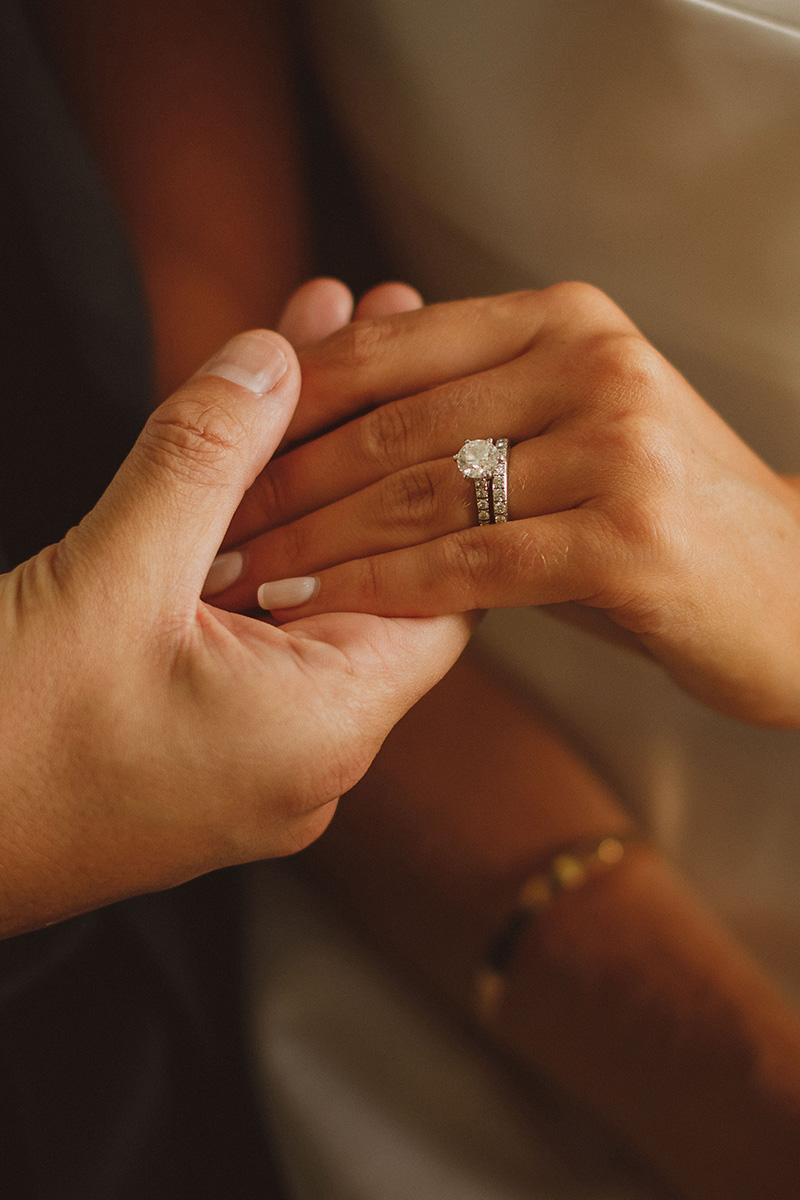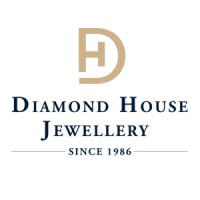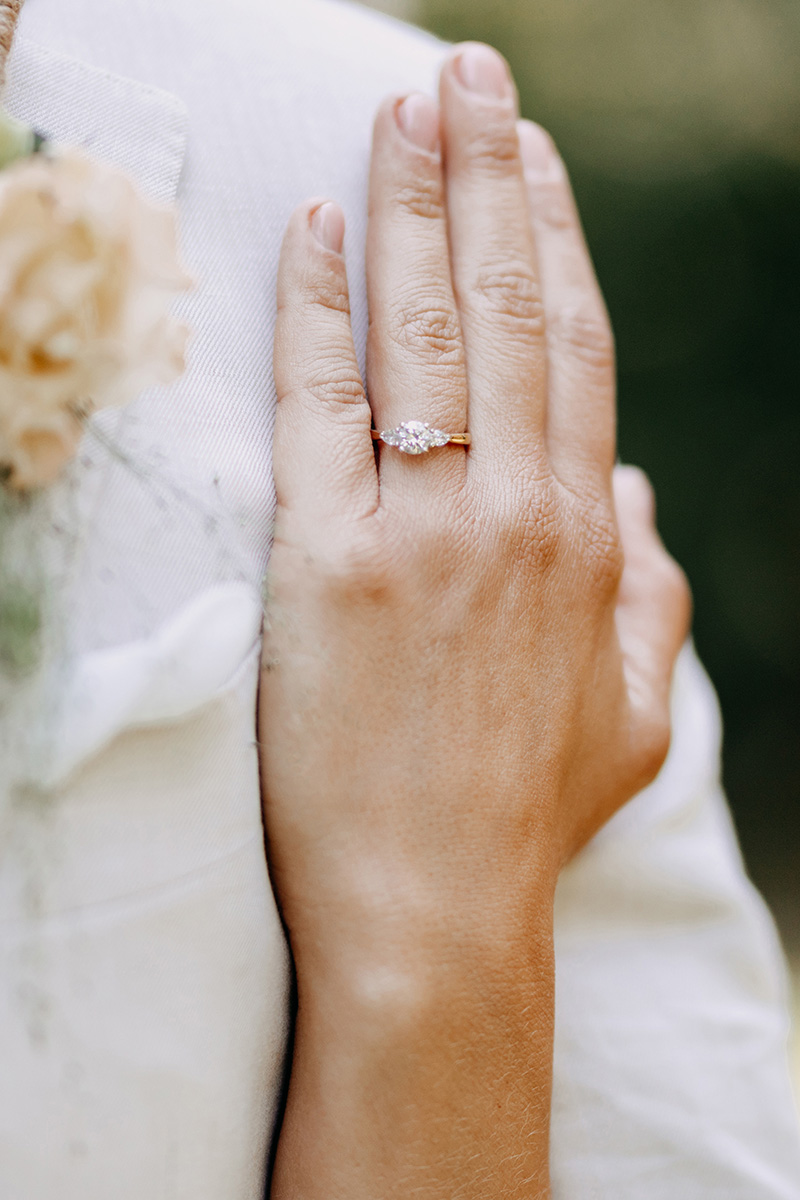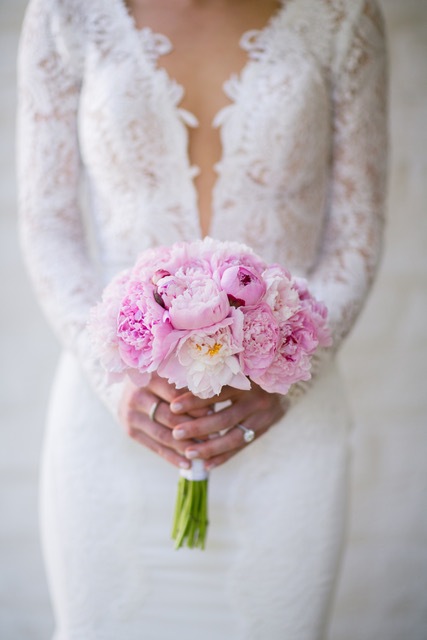Emerald cuts are some of the rarest diamond shapes available today, with only 3% of diamonds produced worldwide corresponding to this unique shape. Despite the scarcity of these stones on the market, they still retain an enduring appeal due to the dramatic effect created by their long, clean lines. If you’re able to find an emerald-cut stone of the highest colour and clarity, then you’ll see that there are few other diamonds that can match the elegance, the simplicity, and allure of this shape.
Defining the Emerald-Cut Diamond
Perhaps self-evidently, the technique used to shape emerald-cut diamonds was first used on emeralds themselves. While these gemstones are quite hard, they also contain many naturally occurring internal flaws (inclusions), which make emeralds exceedingly difficult to cut without damaging the underlying structure.
However, jewellers soon found that this style was equally well suited to more resistant stones such as diamonds. Thus the modern emerald-cut was born. Emerald-cut diamonds are defined by chiselled step cuts with octagonal corners made across the pavilion; facets are kept straight and linear, with a large open table.
Usually, diamonds are cut to a squarish shape with width to length ratios of 1.5; although it’s not uncommon to see narrower rectangular versions of the shape with ratios ranging up to 1.6. For a perfect square diamond you’d be better served looking at asscher-cut diamonds (also known as square cut emeralds).
Tips for Purchasing Emerald Cut Diamonds
Colour
Because of their open table and large facets, emerald cut diamonds tend to show even the slightest hint of colour. This may not be a deterrent for buyers looking for a warmer appearance (yellow tint) in their stone, but if you want a cooler, more classic appearance in your diamond then we suggest opting for an emerald-cut in the D-G colour range. If you can’t afford a lower colour graded stone, then the right yellow or rose gold setting can mask any warmer tint to your diamond.
Clarity
Much as they do not hide colour, emerald-cut diamonds will reveal any imperfections or blemishes quite clearly. Because these diamonds tend to be 15-25% less expensive than more prevalent shapes, you should consider investing some of those savings in a higher clarity stone. We would say VS2 and up.
While emerald-cut diamonds are less brilliant than other shapes the highest quality diamonds of this cut do possess a rare lustre, magnified by the step cut patterning. This creates a “hall-of-mirrors” effect with light reflecting internally of each facet, creating an intense interplay of light and dark elements. A clarity rating of VS2 or above should allow you to showcase your stone in all of its shimmering glory.
Cut
The emerald-cuts larger open table can make diamonds that are cut to squarely or too deeply seem smaller in appearance. As discussed previously length to width ratios in the region of 1.3 to 1.5 are traditionally preferred in order to best showcase the qualities of your stone. As a rule of thumb, we recommend you divide the short side by the long side and not exceed 0.7-0.8 as a result.
And of course we recommend going for a GIA graded cut of Very Good or above.




